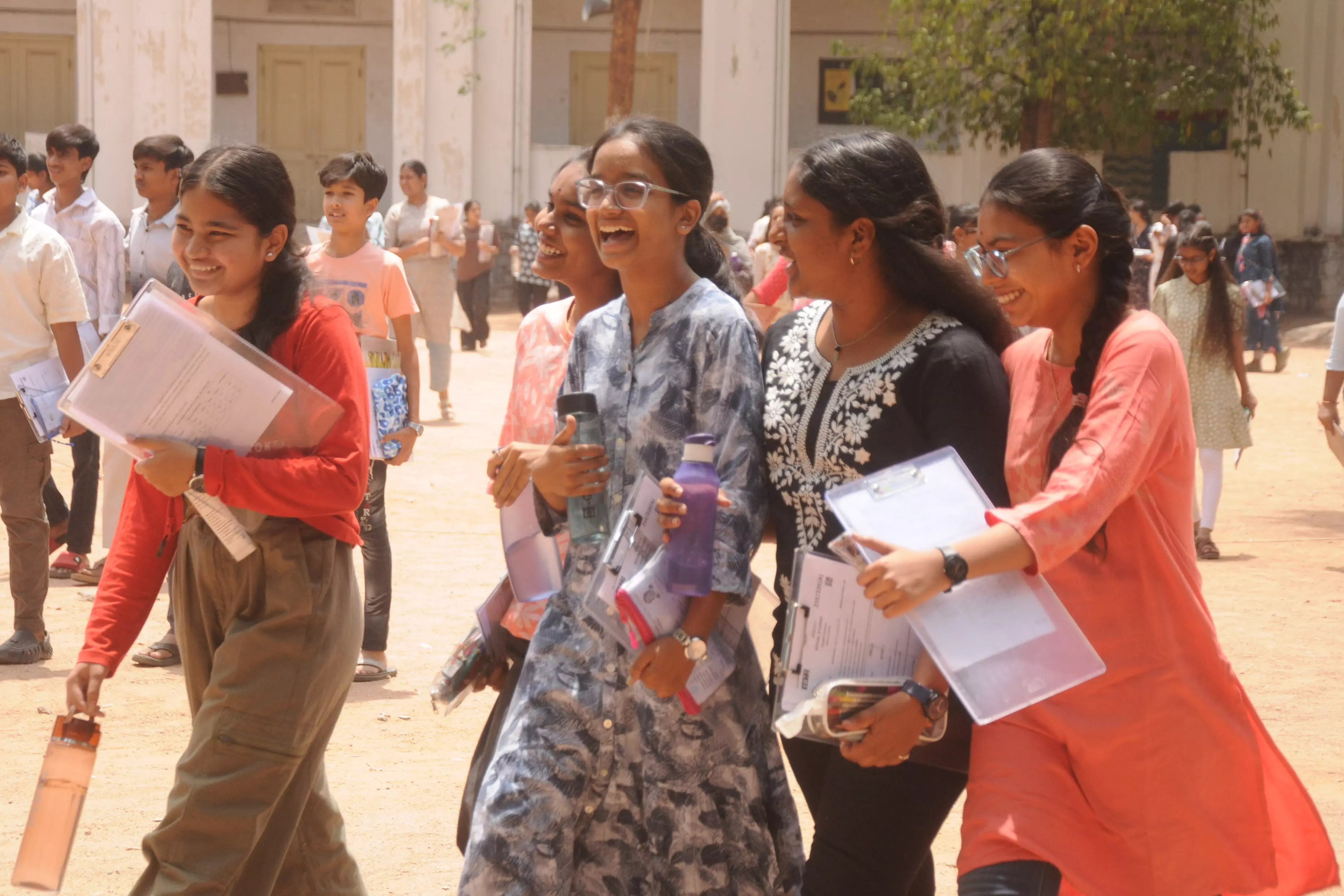The Apex Court, through its landmark judgment in Anmol v. Union of India , has opened up an untapped dimension of disability jurisprudence, marshalling disability rights and further crystallising the guarantee of substantive equality so eloquently laid down in the Constitution. The Supreme Court, through its decision, had deconstructed the underlying discrimination perpetuated by seemingly neutral criteria governing the admission of individuals with disabilities to medical courses; the framework under the garb of impartiality functioned in an exclusionary and anachronistic fashion, essentially amounting to the denial of equality of opportunity.
By categorising the “both hands intact” clause set by the National Medical Commission as ultra vires , the decision effectively champions substantive equality whilst embedding the right to reasonable accommodation as being an inextricable element of the same. It is to be understood that the true test of equality should not be solely constrained to the rule itself being subjected to enquiry as to whether it by and of itself is discriminatory; rather, to garner adequate information about the true nature of the rule, the result that a rule produces in society should be equally subjected to review, for inequality may emanate implicitly from a supposedly neutral rule which naturally favours individuals with certain privileges while adversely impacting persons facing certain disabilities. Unfairness has almost always resulted from a rule that appears objectively fair, yet, under such an illusory perception, remain deep-seated presumptions which propagate inequity.

Advertisement In this particular case, the appellant was a student of considerable merit who had secured admission to the MBBS course under the PwD-OBC category. The appellant had a locomotor and speech disability on the benchmark of 58 per cent; however, to his utter dismay, he was denied admission owing to the unbending application of the “both hands intact” clause by the medical board, which required both hands to be functional for satisfying the eligibility criteria to pursue the medical course. This resulted in the denial of the appellant’s right to medical education despite his merit, being a consequence of the mechanical application of an archaic criterion.
Advertisement Moreover, the disconcerting aspect of the medical board’s decision was that it had considered the disability of the appellant as the sole determining criterion, effectually discarding any scope for examining physical eligibility in light of assistive technologies to allow for reasonable accommodation while judging the physical capabilities of the appellant to pursue the course. This decision was duly upheld by the Punjab & Haryana High Court. Where rights as crucial as education are concerned, a holistic criterion which facilitates such a right must be resorted to over a mechanical and straight-jacketed one.
Similarly, an interpretation which furthers fundamental rights must be resorted to over an approach which is literal and shallow, often denigrating considerations of equality and innate human dignity. The Apex Court duly intervened, recognising the adverse implications that the NMC guidelines carried for the disabled. The Court ordered an independent assessment by the AIIMS Medical Board, co-opting disability rights expert Dr Satendra Singh.
While five of the six members of the Board reiterated their inability to certify Anmol as fit for medical education, they conceded that the existing NMC guidelines required urgent revision. In contrast, Dr Singh’s detailed functional assessment demonstrated that, with clinical accommodations and assistive technologies, Anmol could successfully navigate the MBBS course and, eventually, a medical career. The judgement of the Apex Court, written by Hon’ble Justice K.
V. Vishwanathan, condemned the “both hands intact” clause by labelling it as the manifestation of ableism, being contradictory to Article 41 of the constitution and having no place in statutory regulation. This enunciates that disability should not be viewed as a mere physical or psychological impediment that a person faces, but should also encompasses the restricted participation in society as opposed to others, which breeds “disability” to be an equal participant in the societal discourse.
Therein, it is a condition mandating reasonable accommodation to ameliorate the hindrance faced. What indeed ought to be emphasised is to adequately accommodate such candidates rather than mechanically disqualifying them and decimating their educational aspirations. Overtly mechanical constructions pillared upon a singular numeric expression of disability omit to consider a real functional perspective wherein a candidate could be assessed for competency in light of modern-day assistive technologies.
The Apex Court fittingly observed that the desired approach is an accommodative one over a disqualifying one. The Apex Court’s stance reflects an evolution in disability jurisprudence – from an exclusionary to an accommodative one, especially in alignment with international benchmarks set forth by the United Nations Convention on the Rights of Persons with Disabilities (UNCRPD) , which India had ratified in 2007. A key development earmarked by the judgment is the apex court’s interpretation of reasonable accommodation being inextricably linked with the edifice of substantive equality, elevating “reasonable accommodation” within the periphery of fundamental rights contemplated by Articles 14 and Article 21 of the Constitution.
By taking recourse to the judicial interpretation in Vikash Kumar v. UPSC, (2021,) the Court held that the attitude of the executive ought to be liberal and relief-orientated as opposed to obstructive or lethargic. The Court emphasised that the competency to practice medicine should be assessed by taking assistive technologies into due consideration rather than mechanically requiring visible dexterity of hands.
The judgment postulates that it is both imprudent and undesirable to assess on an a priori presumption of “incompetence”. This once again underscores that the hindrance that an individual might face need not be an inherent characteristic but a societal construction which upholds standards of the majority, thereby appearing neutral and objective while concealing the discrimination that it subtly perpetuates. One key takeaway from the Apex Court’s pronouncement is that simply by virtue of being differently abled, one cannot be labelled as incompetent, for it is tantamount to a grotesque violation of equality contemplated by Article 14.
The ruling has far-reaching implications, for it entrenches the rights of the differently abled into the framework of constitutional morality and not in pity or charity. The precondition of “both hands intact..
.” was inherently bad in law, for it acted on exclusionary and prejudicial pre-suppositions as opposed to assessing functionality within the structure of clinical accommodation and assistive technologies – a sine qua non for safeguarding the innate dignity of the differently abled. Any denial of reasonable accommodation to the differently abled is tantamount to aggravating discrimination against them, for in the actual manifestation of the principle of reasonable accommodation it is imperative to judge every differently abled candidate individually.
A person, simply by virtue of him being differently abled, does not surrender his right to a dignified life, of which the right to education is an indispensable facet; an administrative action or inaction which ravages the dignity of an individual by entangling him in regulatory shackles by focusing on his disability rather than assessing him on metrics which comprehensively judge his ability, is untenable within the framework of “the rule of law”. The Court duly observed that the mandate set by the both hands intact criterion “has the effect of denuding the rights guaranteed under the Constitution and the RPwD Act and makes a mockery of the principle of reasonable accommodation.” The judgment has induced new vigour and proportion to the principle of equality as sanctified by Article 14 of the Constitution by dismantling innate and operational structural prejudice against the differently abled and by mandating implementation of reasonable accommodations for the purpose of enlarging educational opportunities for the differently abled.
The Apex Court’s ruling has provided a much-needed impulse to the aspirations and demands of the differently abled, yet it is now incumbent upon our legislators and policy makers to carry forward this vision – to make inclusionary constitutional justice a reality rather than just reducing it to an eloquent principle in written articles, lectures and law books. (The writer is a 4th-year law student at Jyotirmoy School of Law, University of Calcutta.) Advertisement.












